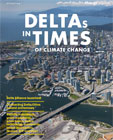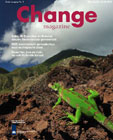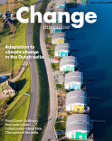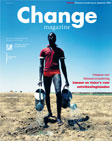Water scarcity and drought in the Mediterranean
 The balance between water demand and availability has reached a critical level in many southern areas of Europe, the result of over-abstraction and prolonged periods of low rainfall or drought. Reduced river flows, lowered lake and ground water levels, and the drying up of wetlands are widely reported, alongside detrimental impacts on freshwater ecosystems, including fish and bird life.
The balance between water demand and availability has reached a critical level in many southern areas of Europe, the result of over-abstraction and prolonged periods of low rainfall or drought. Reduced river flows, lowered lake and ground water levels, and the drying up of wetlands are widely reported, alongside detrimental impacts on freshwater ecosystems, including fish and bird life.
Robert Collins
In Turkey's Konya Basin, a combination of drought and excessive abstraction of water for agriculture has led to the drying up of a number of lakes and wetlands. Lake Tuz, for example, formerly the country's second largest body of water and visited by thousands of flamingos each summer, has been severely reduced in size. Sinkholes and land collapse are also reported in the Konya Basin, triggered by a severe depletion of the ground water resource.
Where water resources have diminished, a worsening of water quality has often followed because less water has been available to dilute pollutants. In addition, salt water increasingly intrudes into 'over-pumped' coastal aquifers throughout Europe. On Greece's Argolid Plain, for example, boreholes have had to be abandoned due to excessive levels of salinity found in the ground water as a result of such salt water intrusion read more »
This article is a part of the magazine 'Climate Adaptation in Europe'
December 2009
 Synergos Communication
Synergos Communication





